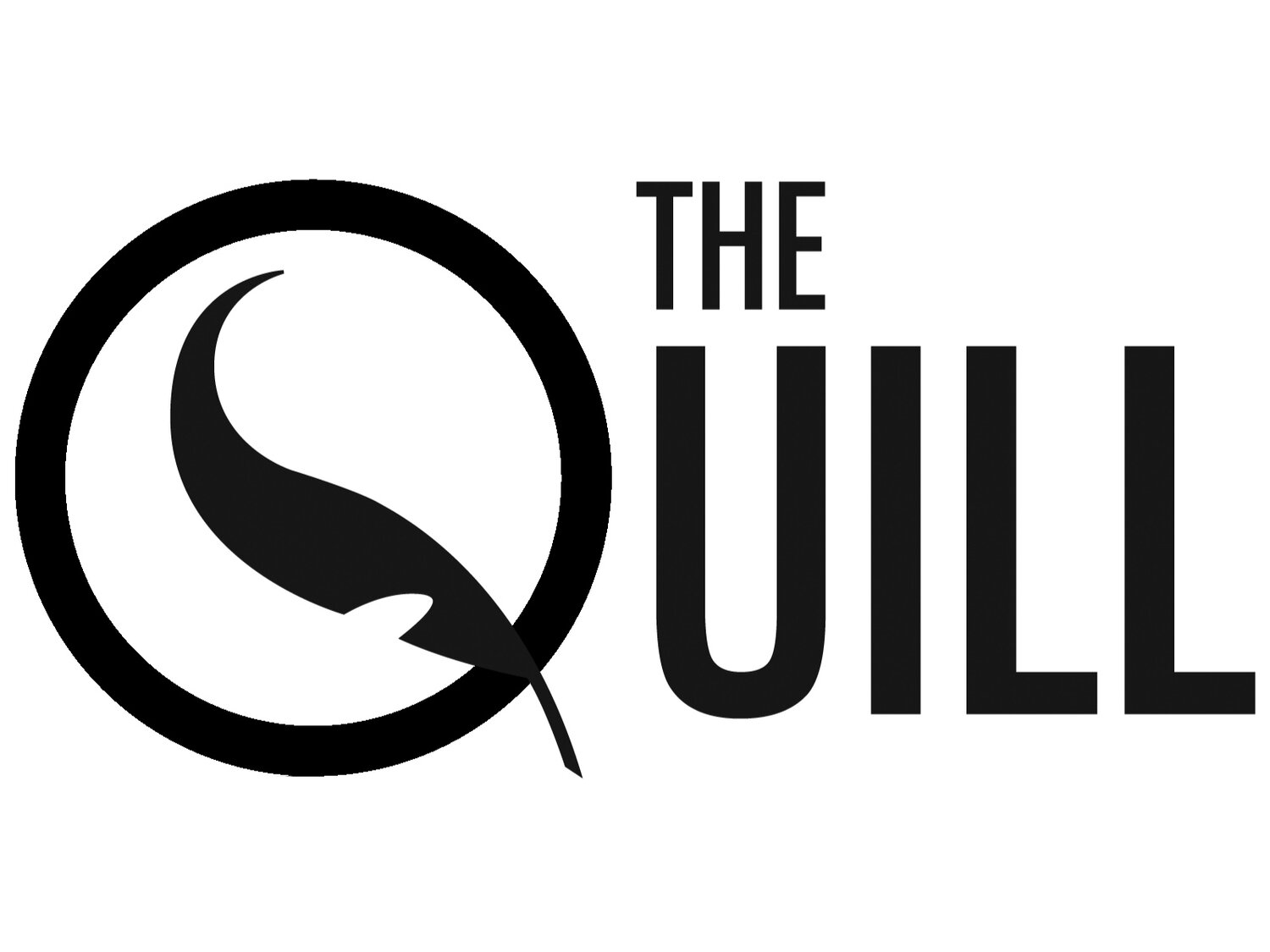Truth and Reconciliation: A National Day of Remembrance
By Ronnie Kayla Neiman
September 30th, 2021 marks the first national day for Truth and Reconciliation.The day honours the lost children and Survivors of residential schools, their families and communities. Public commemoration of the tragic and painful history and ongoing impacts of residential schools is a vital component of the reconciliation process. The creation of this federal statutory holiday was through legislative amendments made by Parliament. On June 3, 2021, Bill C-5, An Act to amend the Bills of Exchange Act, the Interpretation Act and the Canada Labour Code (National Day for Truth and Reconciliation) received Royal Assent. As a result of this, Brandon University and all schools within the Brandon School Division will be closed to bring recognition to this day.
The day was initially commemorated by wearing Orange shirts. It honours the children who survived Indian Residential Schools and remembers those who did not. This day relates to the experience of Phyllis Webstad, a Northern Secwpemc (Shuswap) from the Stswecem'c Xgat'tem First Nation, on her first day of school, where she arrived dressed in a new orange shirt, which was taken from her. It is now a symbol of the stripping away of culture, freedom and self-esteem experienced by Indigenous children over generations. On September 30, it is encouraged that Canadians to wear orange to raise awareness of the very tragic legacy of residential schools, and to honour the thousands of Survivors.
Survivors and relatives of survivors have advocated for truth and reconciliation for decades.The Truth and Reconciliation Commission ran from 2008 to 2015 and provided those directly or indirectly affected by the legacy of the Indian Residential Schools policy with an opportunity to share their stories and experiences. There were 140 federally run Indian Residential Schools which operated in Canada between 1831 and 1998. The last school closed only 23 years ago. Survivors advocated for recognition and reparations and demanded accountability for the lasting legacy of harms caused. The National Centre for Truth and Reconciliation has become the permanent archive for the statements, documents and other materials the Commission gathered, and its library and collections are the foundation for ongoing learning and research.The Commission released its final report detailing 94 calls to action.
The National Day for Truth and Reconciliation is a direct response to Call to Action 80, which called for a federal statutory day of commemoration. The efforts of the Truth and Reconciliation Committee resulted in:
the Indian residential schools settlement agreement
Apologies by the government
the establishment of the Truth and Reconciliation Commission
the creation of the National Centre for Truth and Reconciliation
Now there is the creation of a National Day, it does seem inappropriate to call it a holiday but it is now a day that is marked on Calendars and closes down schools in order to educate the country about the atrocities the Indigenous people have encountered in Canada and in the United States.
It will take more than a single day to repair the damage of the past. It will take more than a single day to educate others. It will take more than one day to understand it. It will take more than a single day but a single day is a way to start healing.
Wear an orange shirt to commemorate the day. Remember that every child matters. Remember that the trauma has affected each person differently. The main thing to do is listen and learn.

